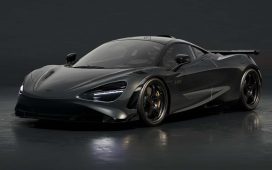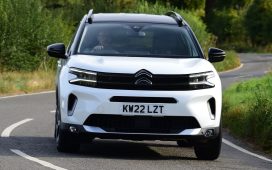The Hero’s Journey is a common narrative within film and literature, in which a protagonist sets out on an adventure that will forever change their lives. First outlined by American author, Joseph Campbell, this structure can be found in almost all of your favorite adventure movies. Whether it be Frodo Baggins, Luke Skywalker, or Mulan, they all follow these same steps on their heroic journeys.The journey of the EV is a story seldom told in the pages of a novel or on the big screen. But like all epic tales, it is one worth telling.The first step on the literary path in the Hero’s Journey is the call to adventure. While there is evidence of small-scale electric vehicles being displayed as early as the 1830s, these cars were little more than prototypes. Stifled by clumsy steering, low speeds, and limited range, it wasn’t until the late 1800s that the first practical EV was introduced. William Morrison, an American chemist by trade, built a six-passenger vehicle capable of a top speed of 23 km/h. While it wasn’t much more than an electrified wagon, it helped spark interest in electric vehicles and marked the start of our EV adventure.The second step is defined by our hero’s challenges and growth. At the turn of the 20th century, EVs started spreading across the world. New York City even had a fleet of more than 60 electric taxis. While horse drawn carriages were still the main mode of transportation, EVs competed with newer types of automobiles. Namely, steam and gasoline powered vehicles.Steam powered engines had been available in vehicles since the 1870s but had not proved to be an efficient option. With long start up times and a heavy reliance on water, it proved no match for the new and efficient EVs.Its second foe, the gasoline powered engine, was definitely the bigger threat. However, the gasoline car also had its weaknesses. In addition to their noisiness and unpleasant exhaust fumes, they required a lot of manual effort to drive. With the awkward changing of gears and burdensome hand crank required to start them, the gasoline car did not provide a very pleasant experience behind the wheel.The early electric cars did not suffer from the same issues as their steam and gasoline counterparts. They quickly became popular among urban residents since they were perfect for short trips around the city. As more people gained access to electricity in the early 1900s, EVs became easier to charge, and grew further in popularity. At one point in the beginning of last decade, EVs accounted for a third of all vehicles on the road.But just as EVs were starting to really take off, a wrench was thrown into the ‘electrical’ works. This takes us into the next phase of the Hero’s Journey: the abyss.Introduced in 1908, the Ford Model T made gasoline-powered cars both widely available and affordable. At less than half the price of an EV, the Ford Model T soon dominated the automotive market. To make matters worse, the discovery of Texas crude oil made gas even cheaper, with petrol stations soon popping up across the US. Its cheaper competitor, the increasing availability of gas, and lack of electricity in rural parts of the country sealed the fate of EVs and, by 1935, the electric vehicle had vanished.











